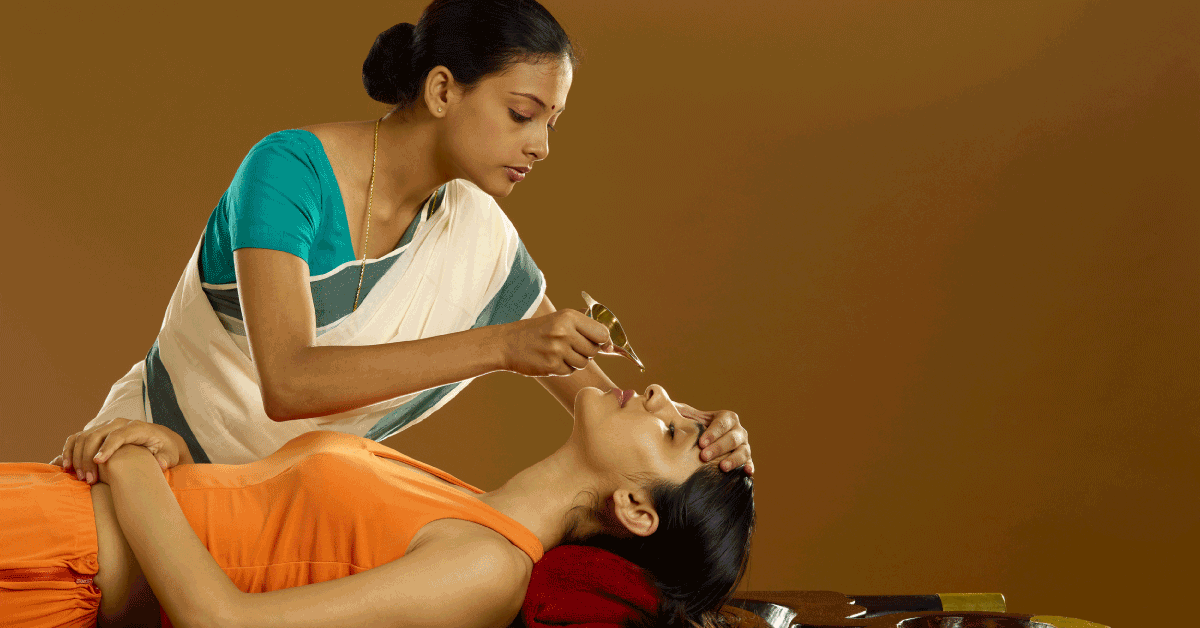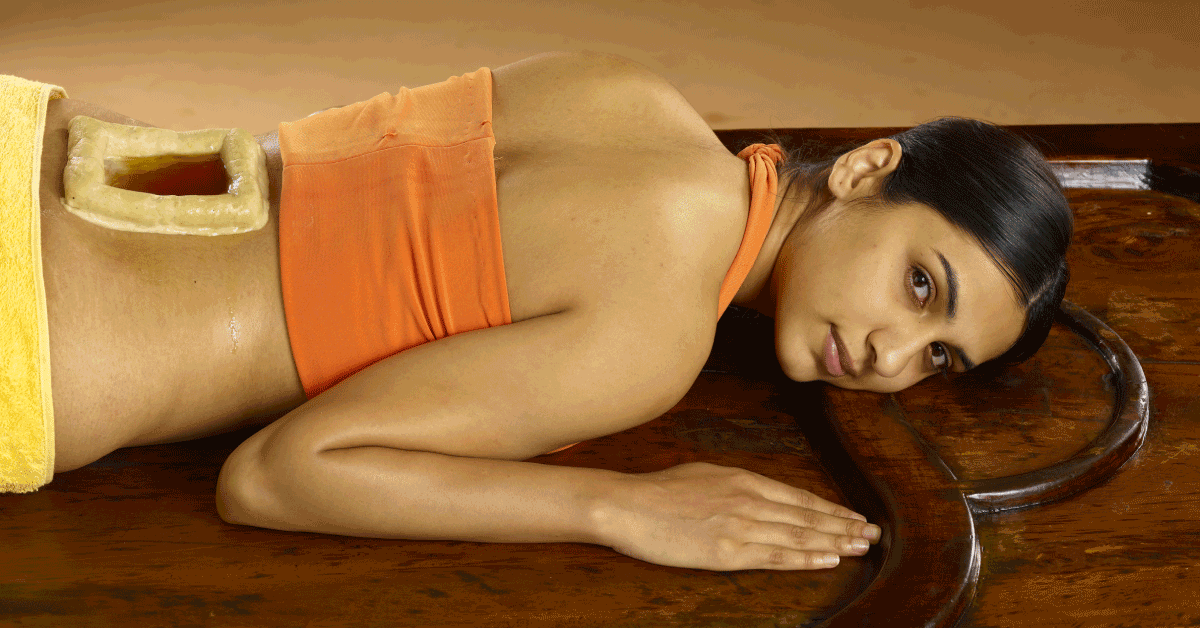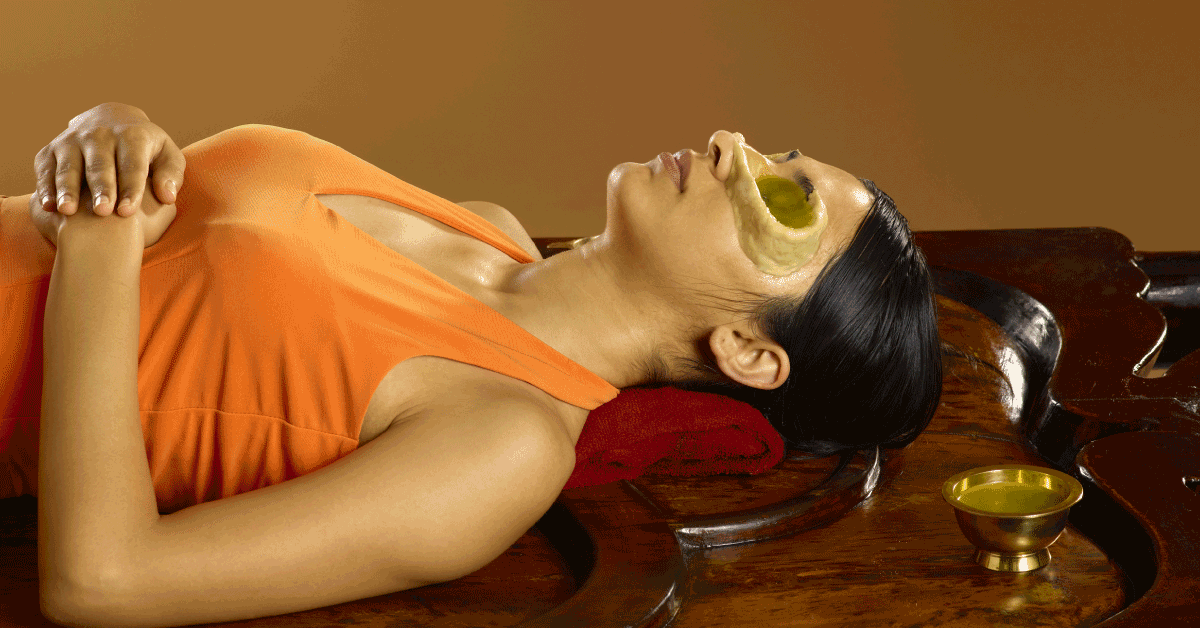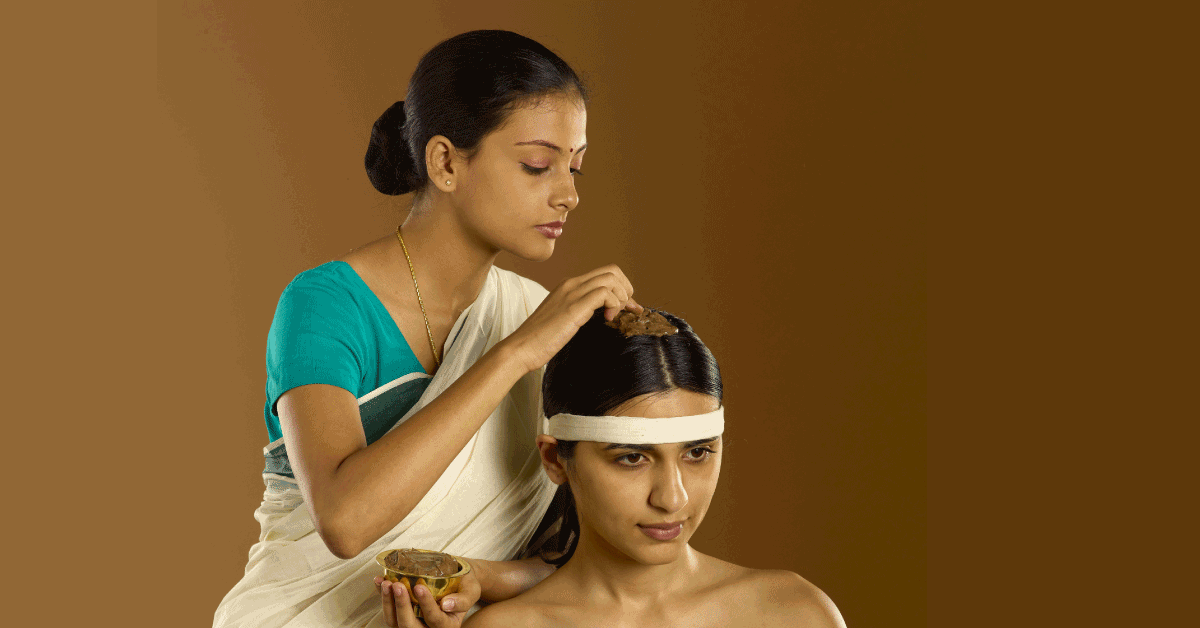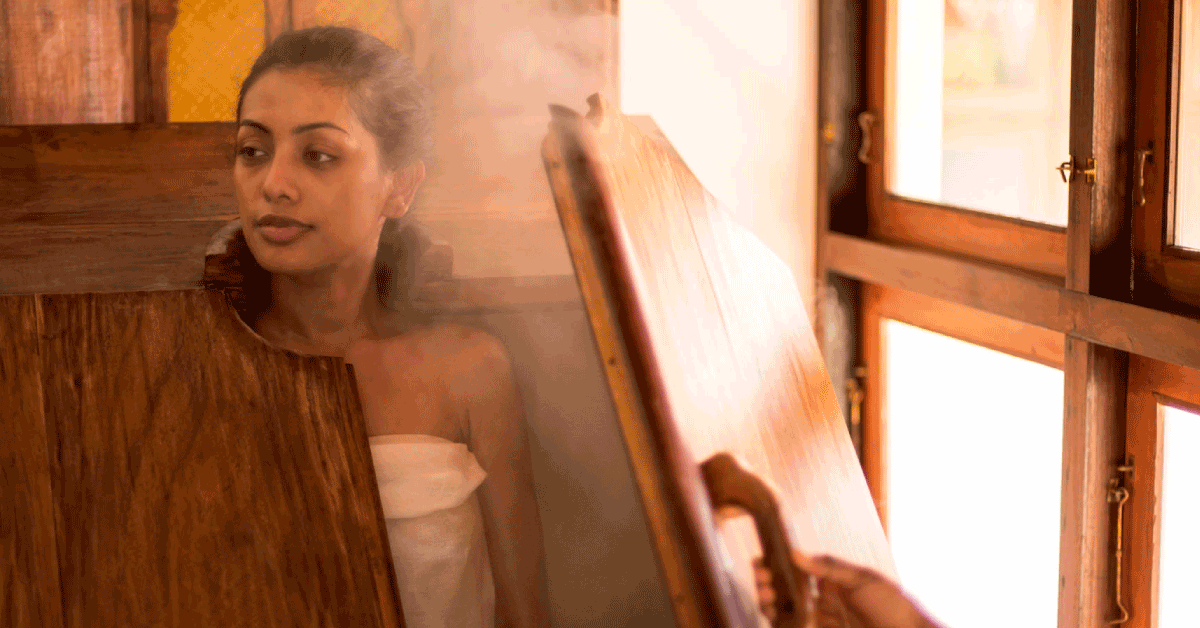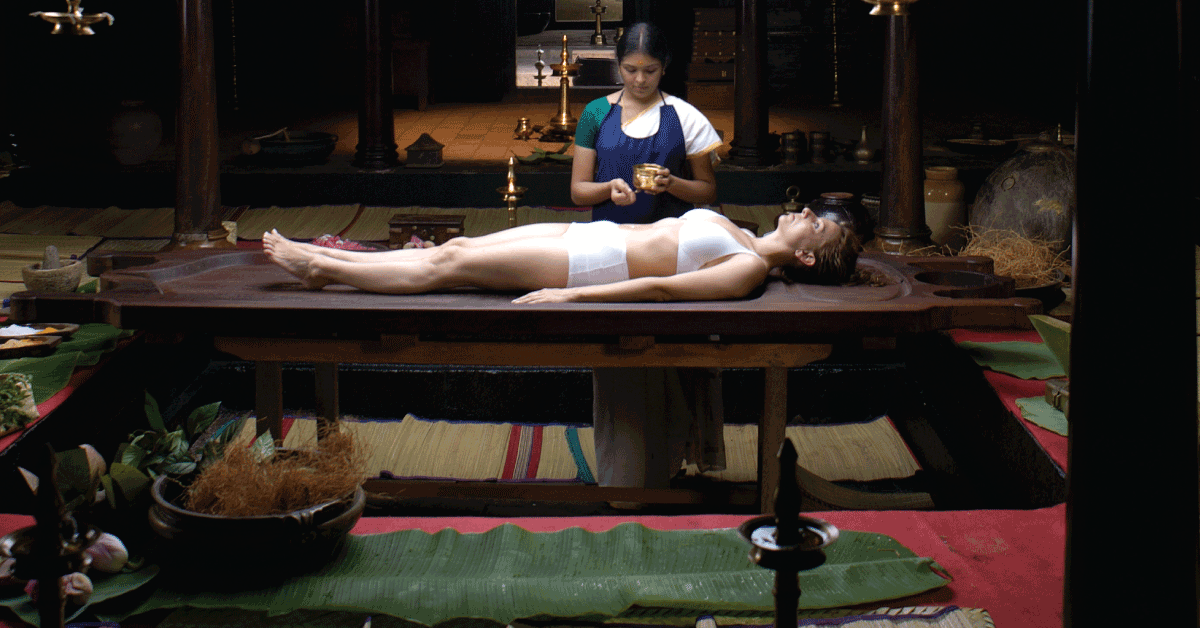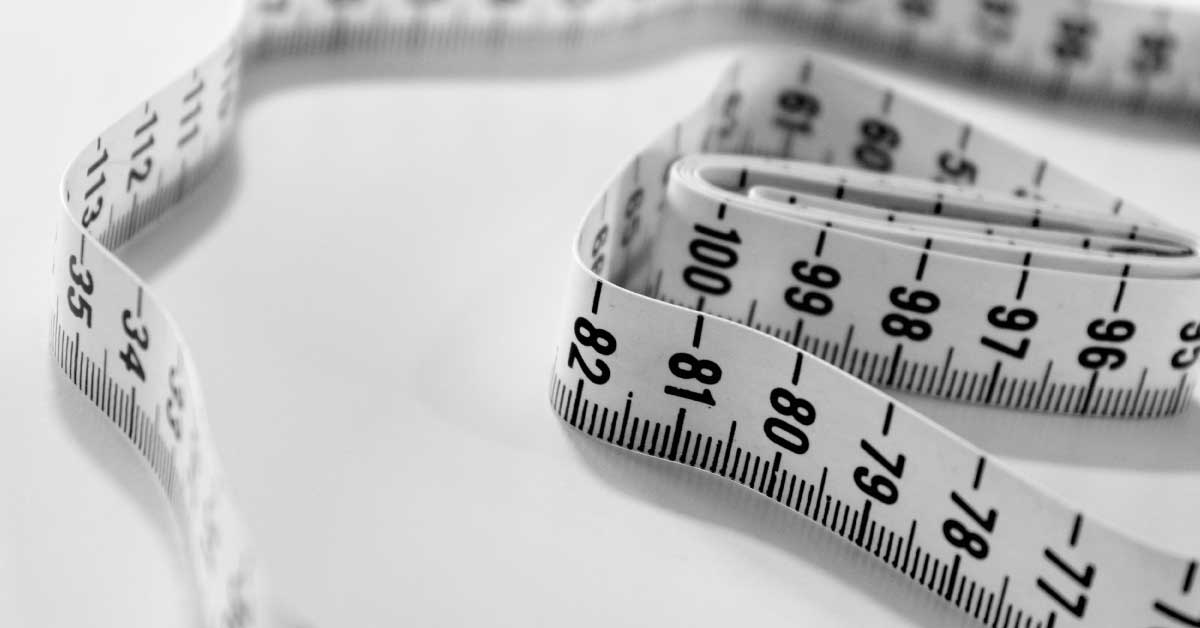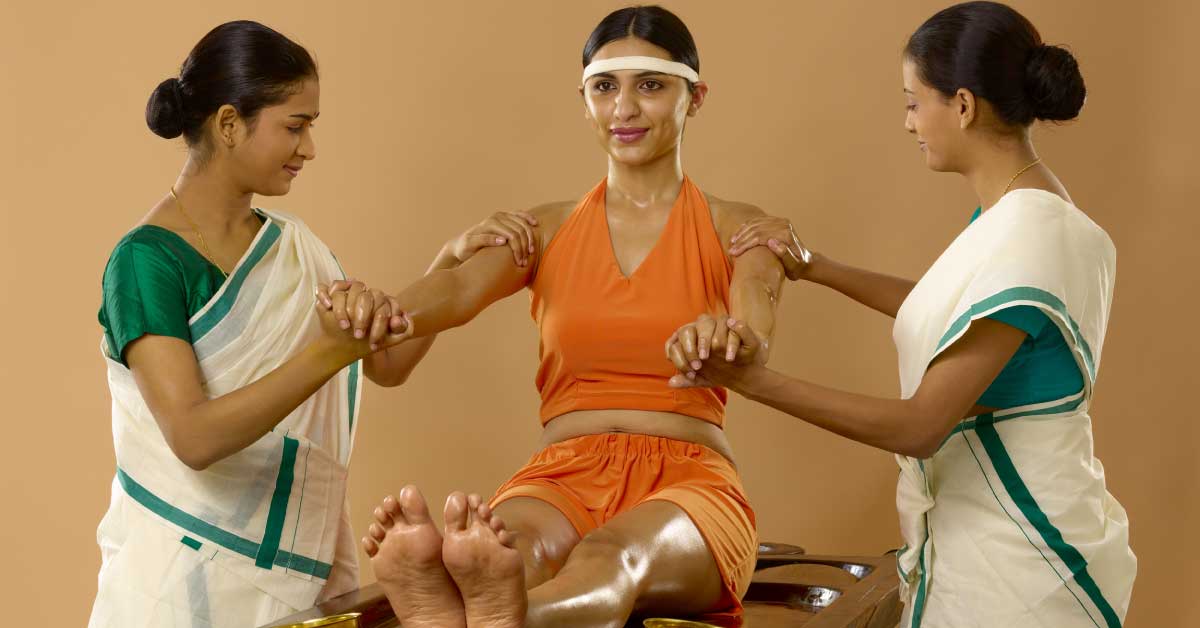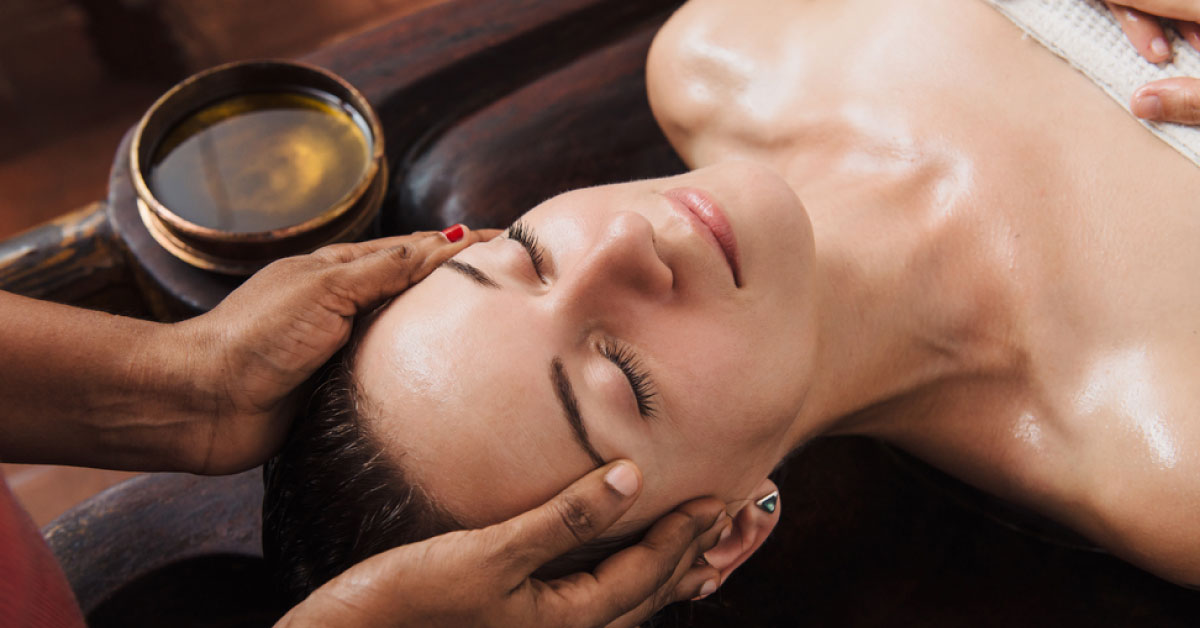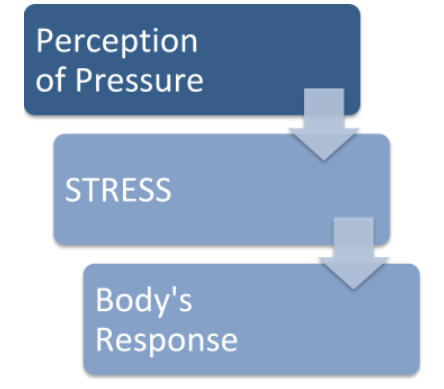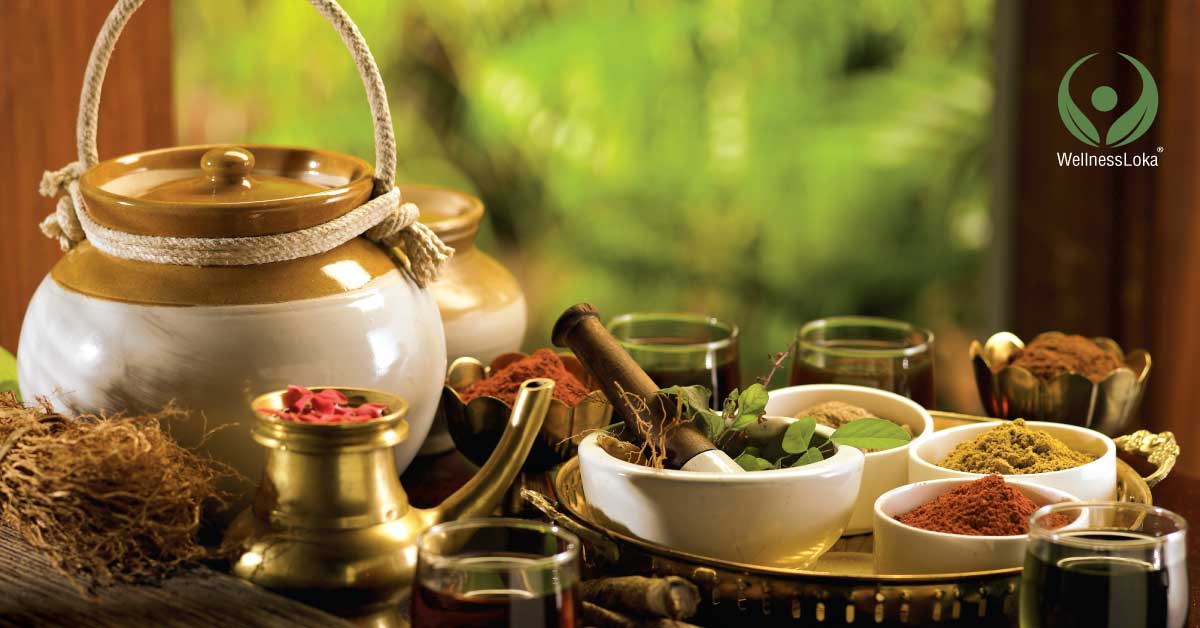Basthi
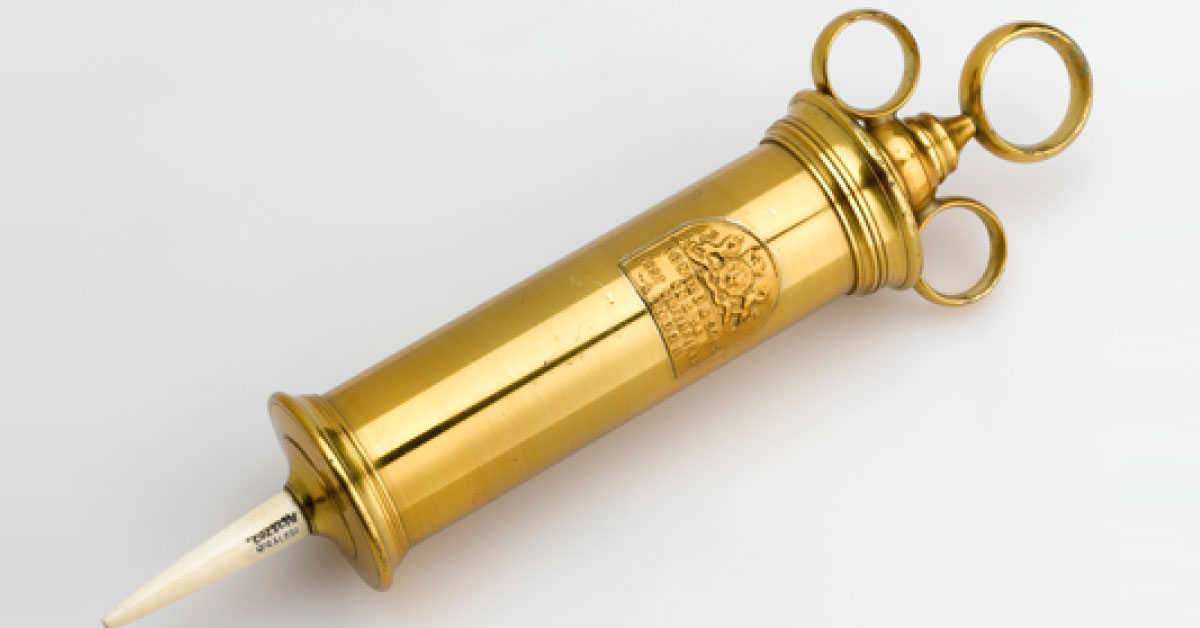
BASTHI
Basthi is one of the Panchakarmas, the five main procedures of Ayurveda. When we compare the Panchakarmas alone, we can see that Basthi have more importance among the Panchakarmas.
Even though Basthi is the most important treatment for the diseases caused due to the Vata Dosha, it is highly effective in many complex diseases that are difficult to be cured. Since the treatment has wide range of therapeutic action it is considered as Chikitsardha.
Basthi not only have curative property but also have rejuvenative property.
BASTHI VS ENEMA
Usually the word “Enema” is used to explain Basthi. But Basthi is totally different from enema. Enema is the administration of fluids through anus to evacuate the contents of the lower colon.
In Basthi, medicated fluids are administered in to the anus. This is a complex treatment by which, even the most difficult diseases can be cured. Since both the Basthi and enema have similar methods of administration, we use the word “Enema” for describing Basthi.
CLASSIFICATION OF BASTHI
While studying in detail, there are many classifications for the Basthi. But here we are dealing with general classification:-
- Niruha/Kashaya Basthi
- Anuvasana Basthi
NIRUHA BASTHI/ KASHAYA BASTHI
In this type mainly different forms of Kashayas or decoctions are administered as enemas. It is a systemic therapy having a wide range of therapeutic effects. This helps in the elimination of the vitiated Vata Dosha.
This procedure can be done for those who cannot undergo Virechanam. The Niruha Basthi is usually done in combination with Anuvasana Basthi
HOW NIRUHA BASTHI IS DONE?
The procedure is done in empty stomach. But it should be made sure that the person is not hungry. Mild Abhyanga and thereafter Swedana are done. The person is laid in the position. The Basthi is administered. The person is allowed to lie in supine position until he has the urge to defecate. After defecation, the person is allowed to bath in warm water. After the bath, the person is given food that the physician has advised. Proper rest should be taken after that according to the instructions of the physician.
HOW ANUVASANA BASTHI IS DONE?
In this type of Basthi, medicated oils or fats are administered to the person. The Anuvasana Basthi is administered after food, mainly after the lunch. The person is given mild Abhyangam and Swedanam before the bath. After bathing in warm water the person can take lunch in the advised quantity. The person is laid in the position and the Basthi is administered. After the administration the person is given local massage. After some time, may be after 9 hours, the person will feel the urge to defecate.
UTTARA BASTHI
The Uttara Basthi is administered through genitor-urinary tract. In males, the procedure is done through urinary tract and in females it can be done through vagina or urinary tract. The procedure is done under highly sterile conditions.
The Basthi is one of the most important treatments in Ayurveda. Hence the person should approach the treatment seriously. He/she should follow the instructions of the physician obediently.

